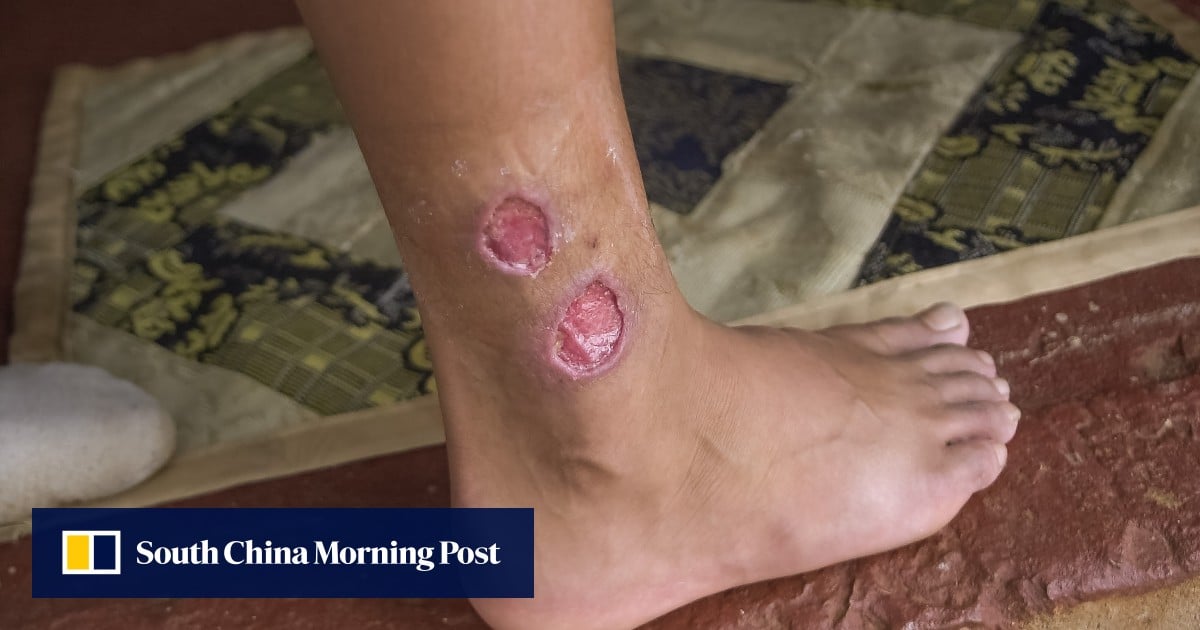Infection
US grapples with outbreak clusters of ancient disfiguring skin infection
Most Americans have not heard of leishmaniasis, an ancient, disfiguring disease that is known by a variety of disturbing nicknames around the world: Baghdad boil, Kolkata ulcer and Jericho button.
In Texas, where doctors are required to report cases to health authorities, infections are creeping up and now occur mostly in non-travellers. It was in southeast Oklahoma and has been found in Arizona. There is concern that climate change and a ready supply of critters capable of transmitting and harbouring the infection are fanning further spread.
More than skin deep: the differences between eczema and psoriasis
More than skin deep: the differences between eczema and psoriasis
Genetic testing of 86 locally acquired cases showed that the majority were infected by a variant of the Leishmania mexicana parasite that may have originated in the US.
“There have been previous indications of local transmission based on a small number of case reports,” said Mary Kamb, a medical epidemiologist with the Centers for Disease Control and Prevention, which conducted the study. “Now, for the first time, we have a distinct genetic fingerprint from a relatively large cluster, providing further evidence that leishmaniasis may be well established in some parts of the US.”
The results were presented on Thursday at a scientific meeting in Chicago.
Leishmaniasis-causing parasites are transmitted by some 70 species of sand fly. In the Western hemisphere, the main culprits are Lutzomyia insects, which feed on blood. They are found in many parts of the US, especially southern states.
Paris battles bloodsucking bugs as city prepares for 2024 Olympics
Paris battles bloodsucking bugs as city prepares for 2024 Olympics
The parasite lives in a “reservoir” of animals – mostly rodents, opossums and armadillos – that female sand flies readily feed on. American cats and dogs have also become infected, and there is concern that imported dogs infected abroad could harbour a life-threatening visceral form of the disease.
In humans, cutaneous leishmaniasis causes hard-to-heal, ulcerating sores the size of a half-dollar or larger that can last 6 to 12 months. While there are medications to treat them, the sores can become disfiguring scars if they are allowed to fester.
Dermatologists in Texas are accustomed to spotting the infection, but it is not as well recognised in other states. That has hampered efforts to determine how widely the parasites have spread, Kamb said.
Having a genetic test to identify infections caused by the newly identified local strain should make that easier.

